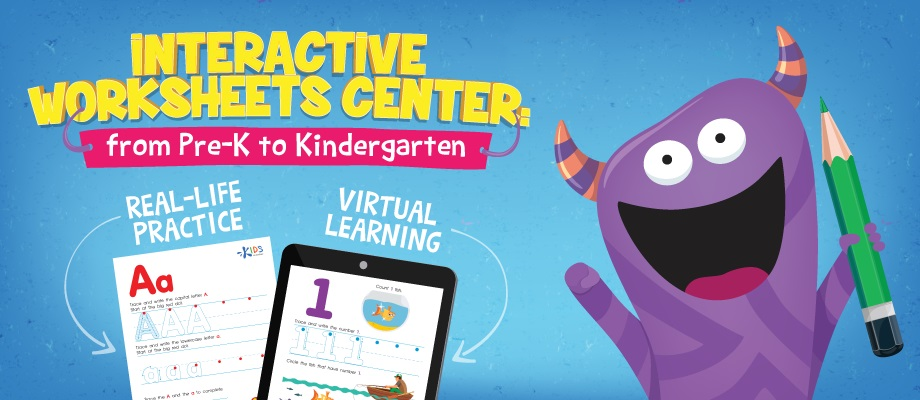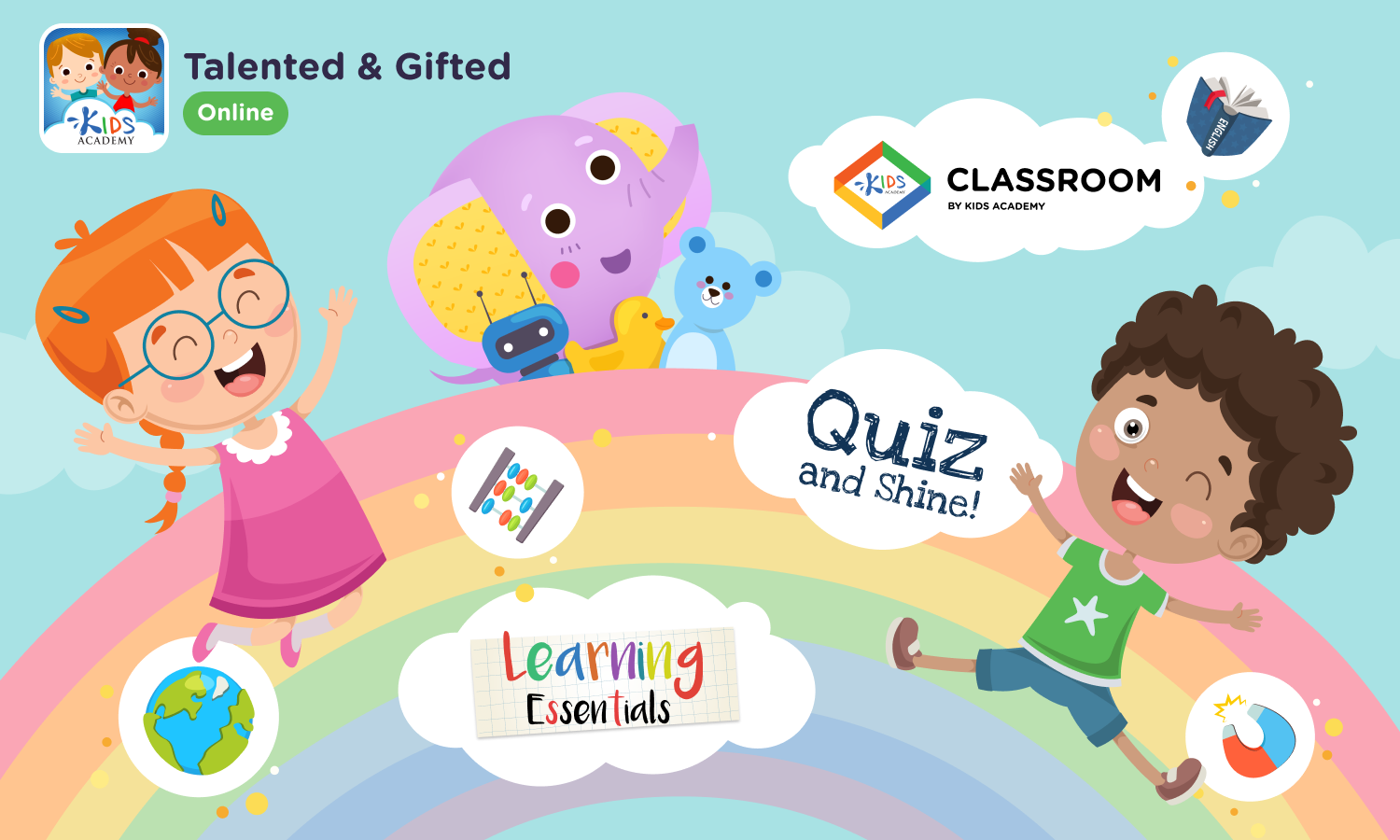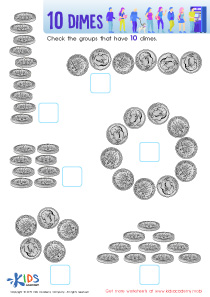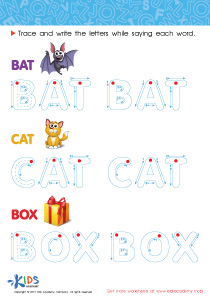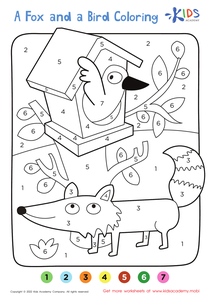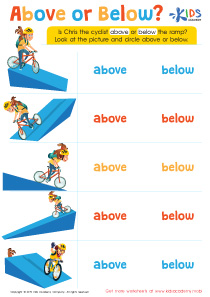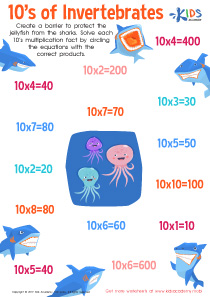Reading Comprehension worksheets activities for Ages 4-6
12 filtered results
-
From - To
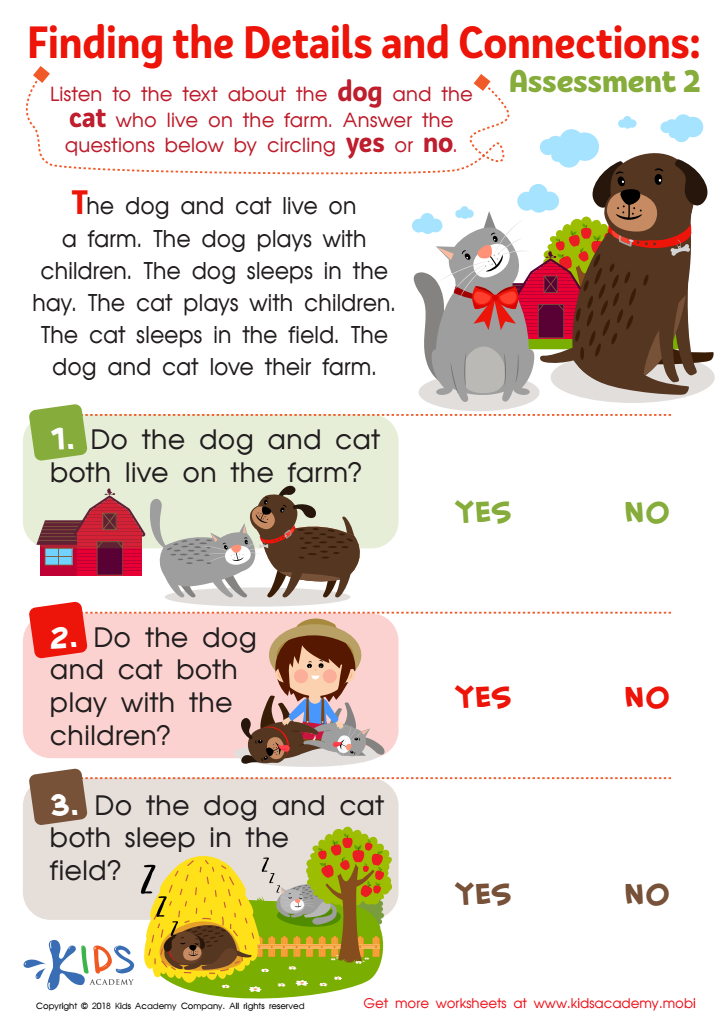

Finding the Details and Connections: Assessment 2 Worksheet
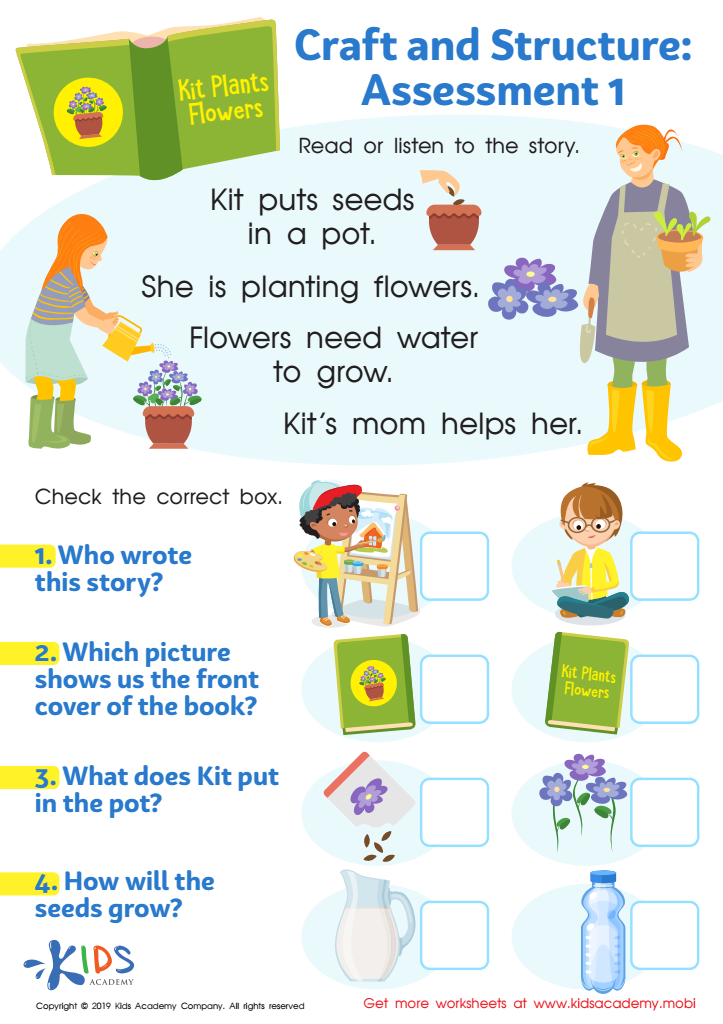

Craft and Structure: Assessment 1 Worksheet
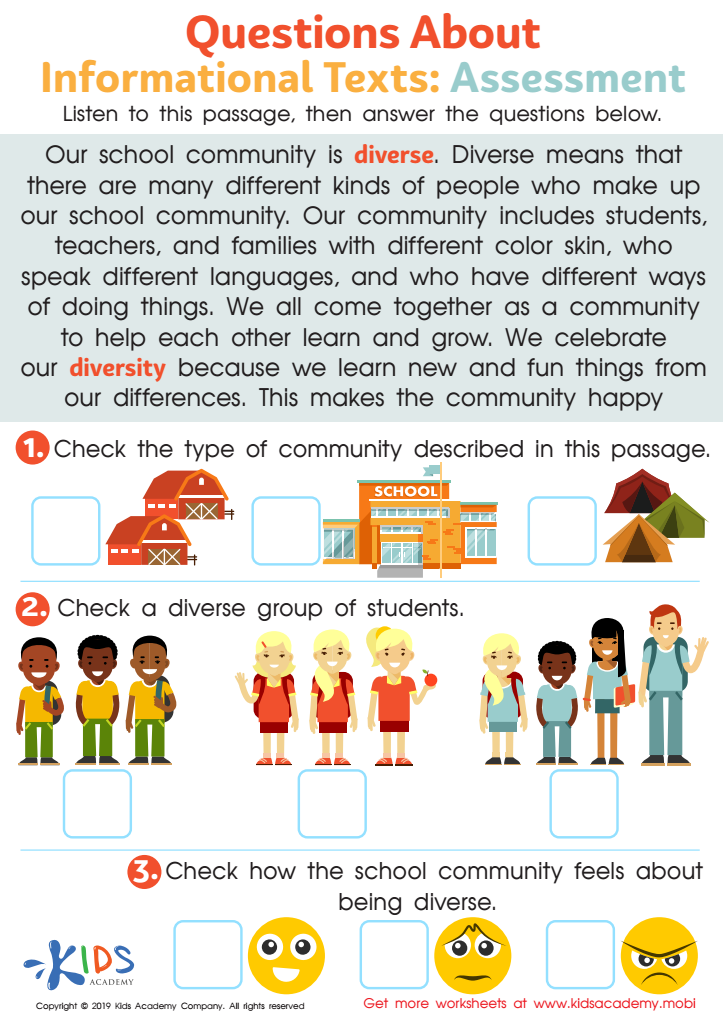

Questions About Informational Texts: Assessment 1 Worksheet
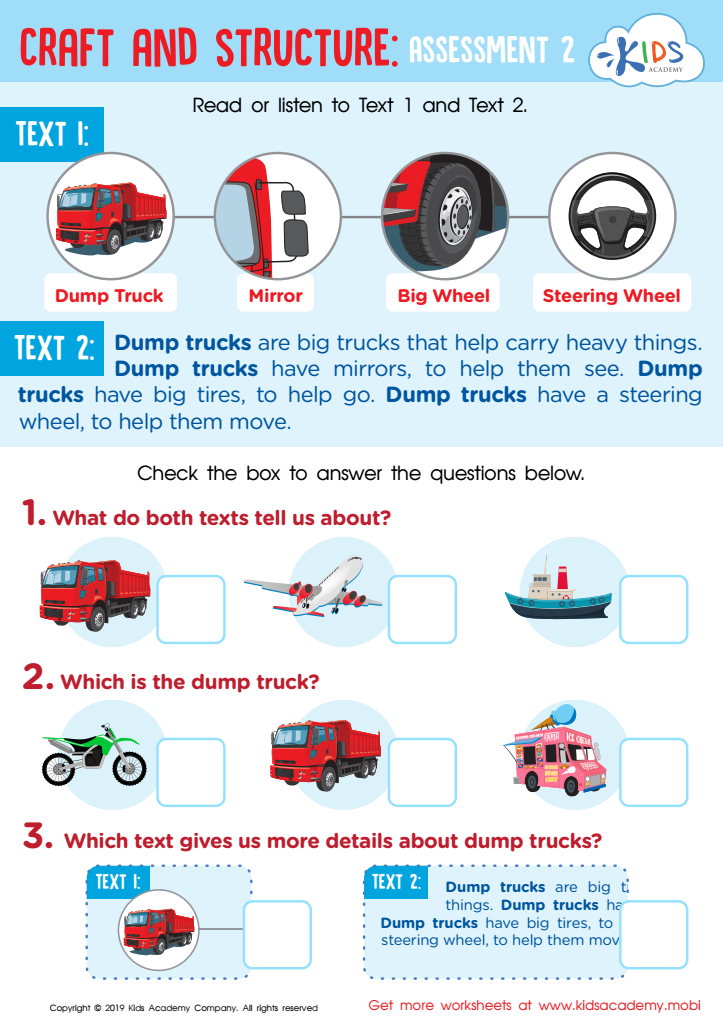

Craft and Structure: Assessment 2 Worksheet
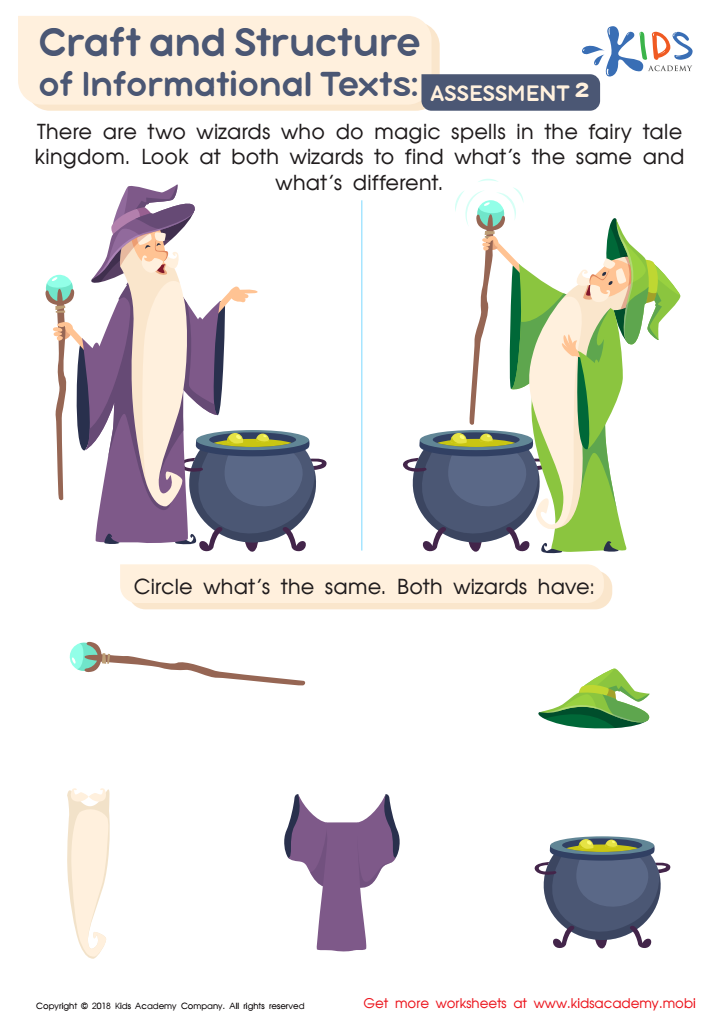

Craft and Structure of Informational Texts: Assessment 2 Worksheet
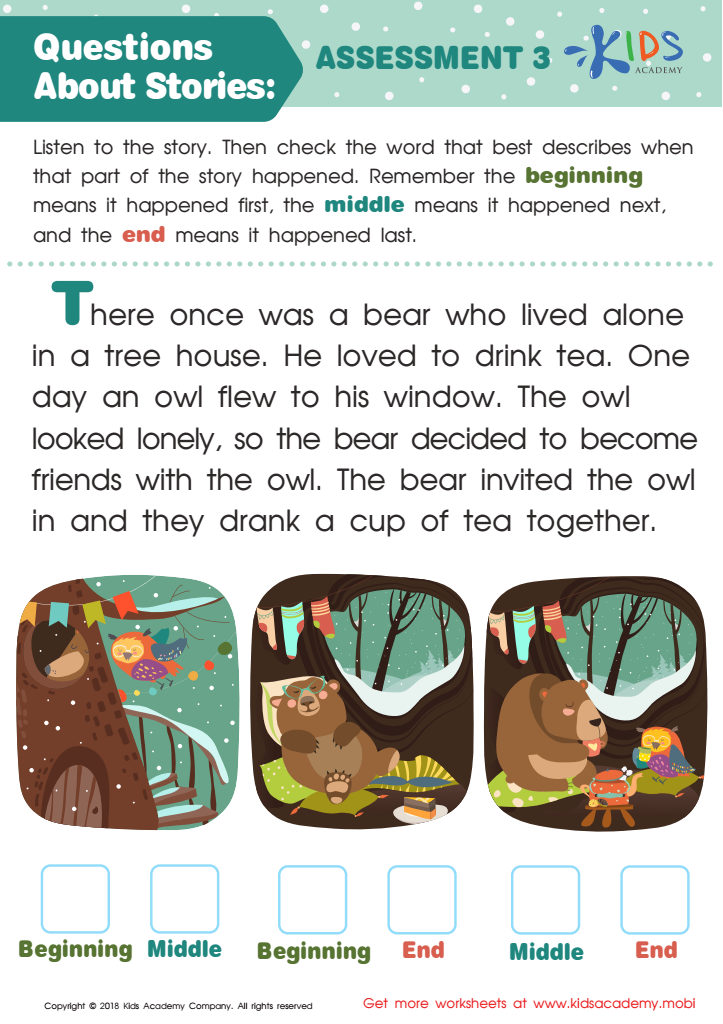

Questions About Stories: Assessment 3 Worksheet
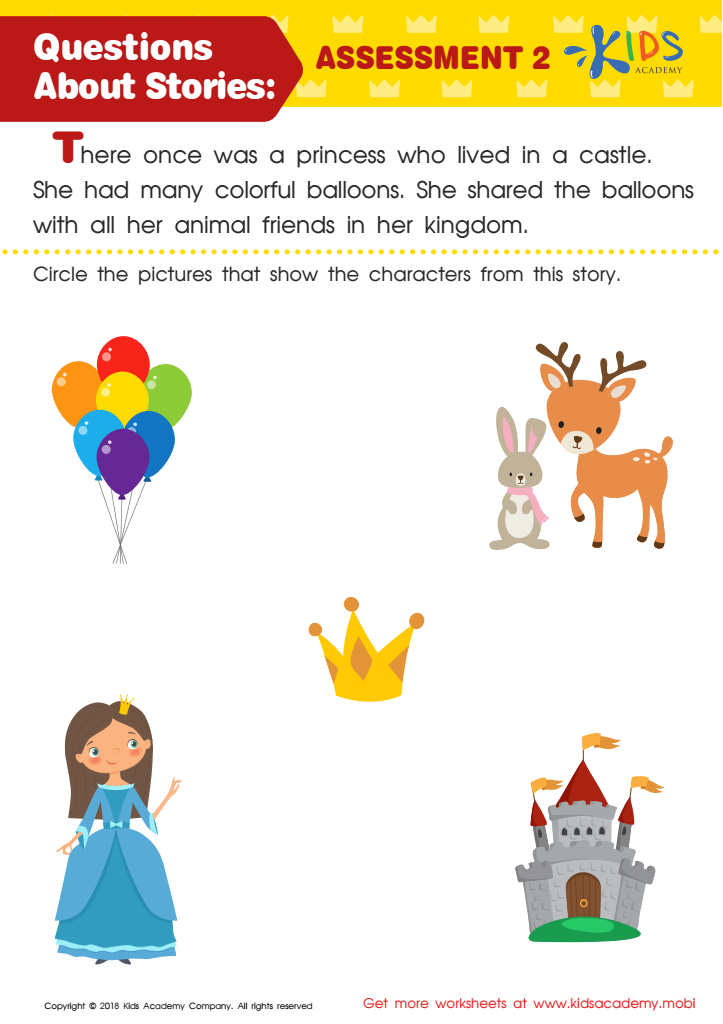

Questions About Stories: Assessment 2 Worksheet
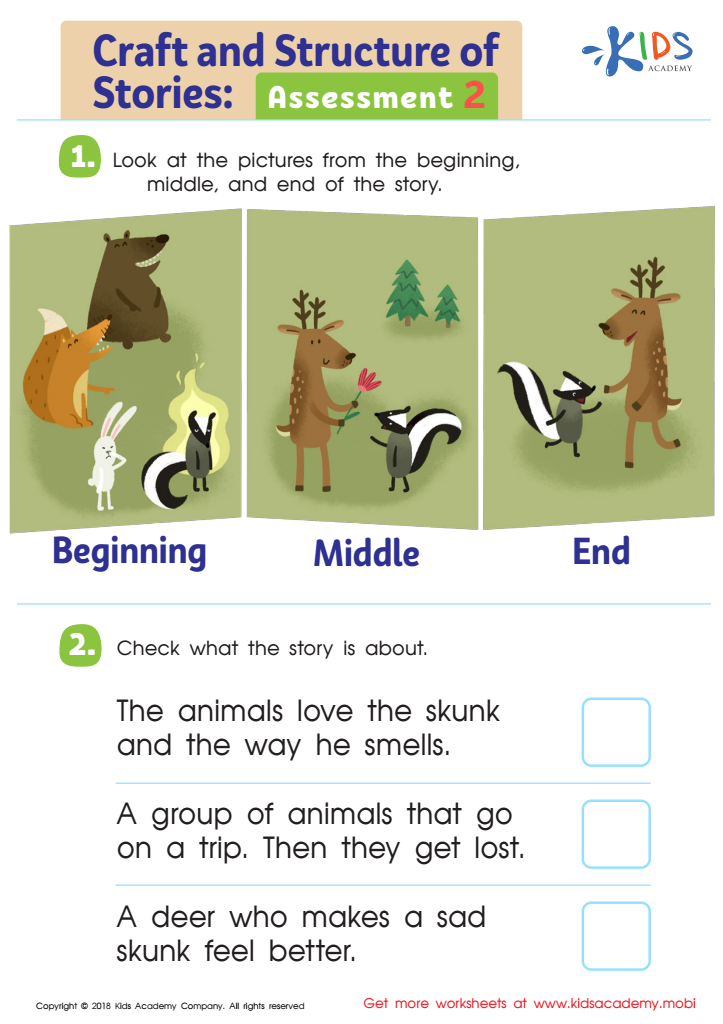

Craft and Structure of Stories: Assessment 2 Worksheet
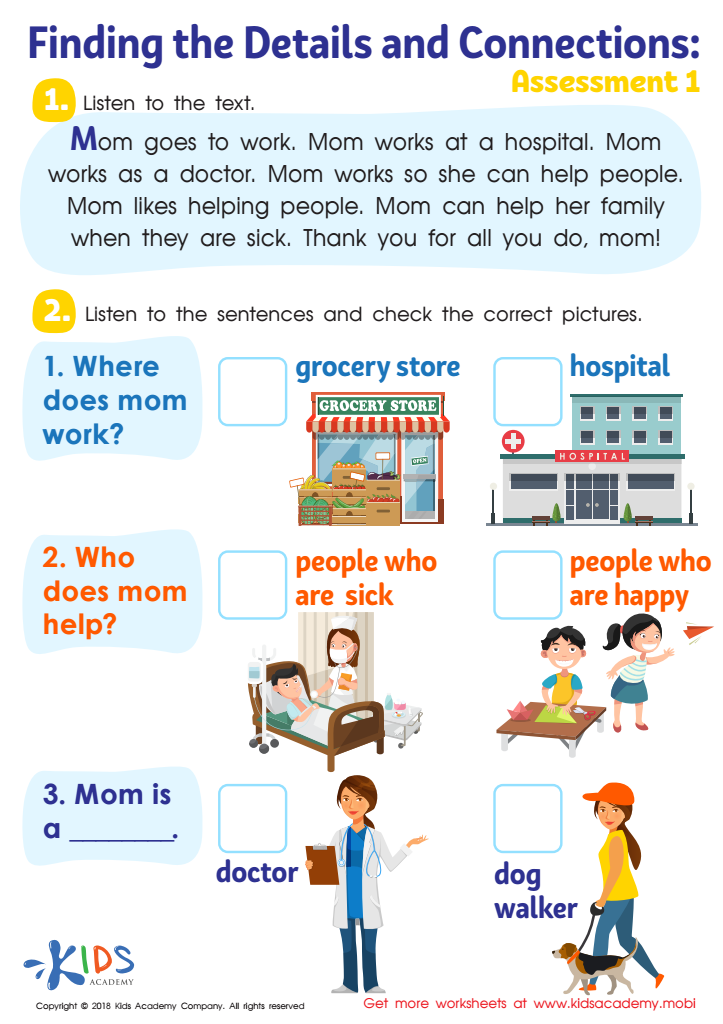

Finding the Details and Connections: Assessment 1 Worksheet
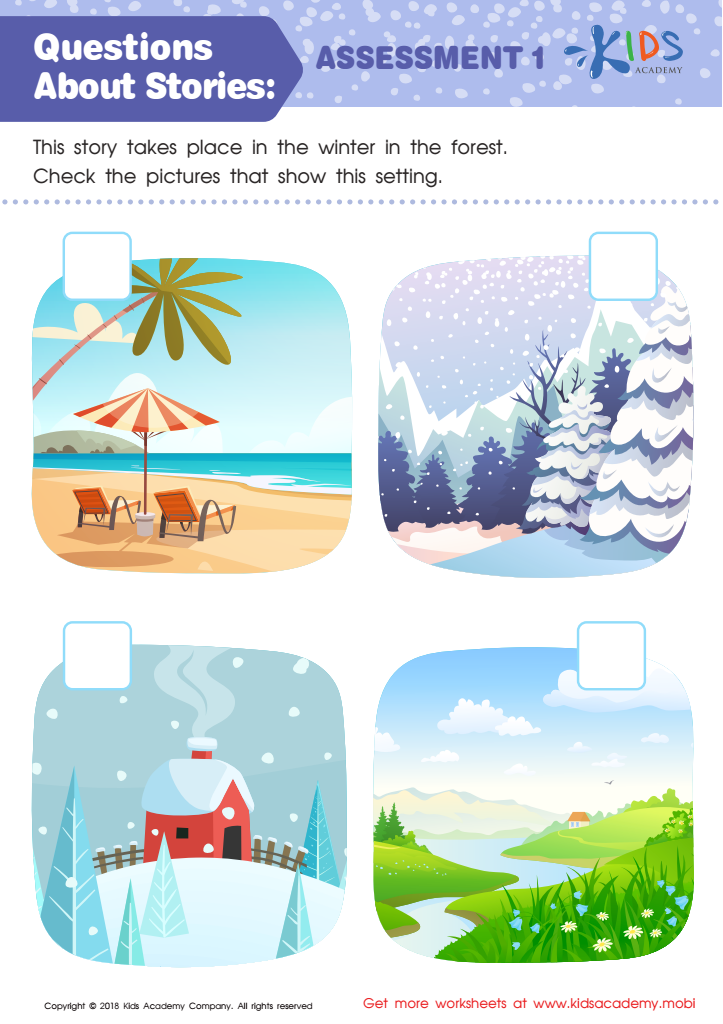

Questions About Stories: Assessment 1 Worksheet
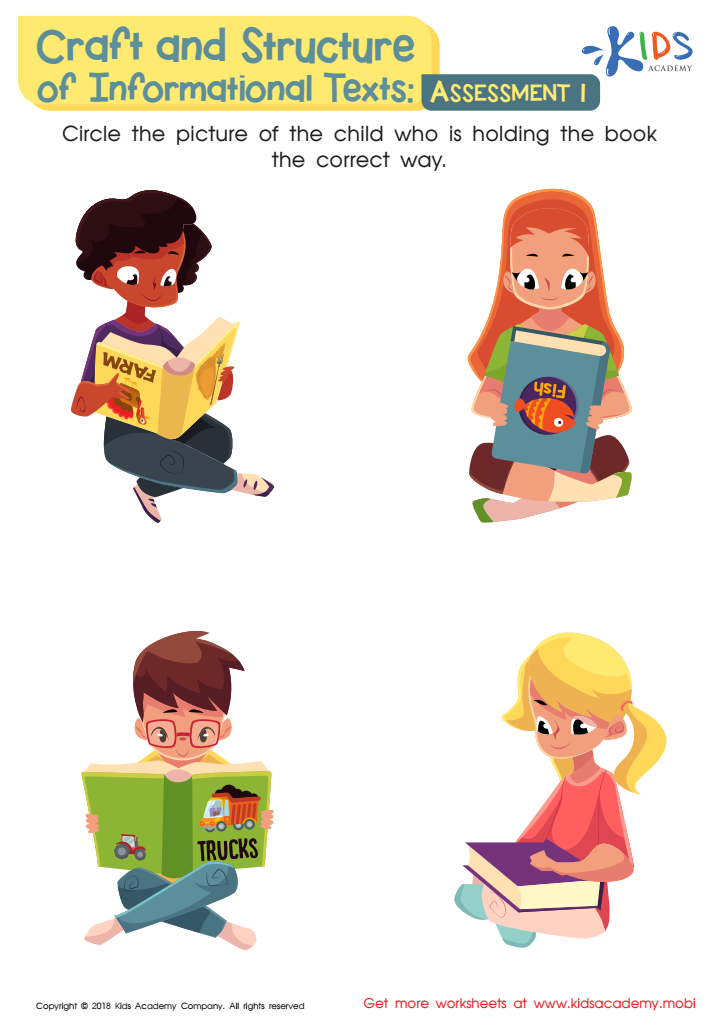

Craft and Structure of Informational Texts: Assessment 1 Worksheet
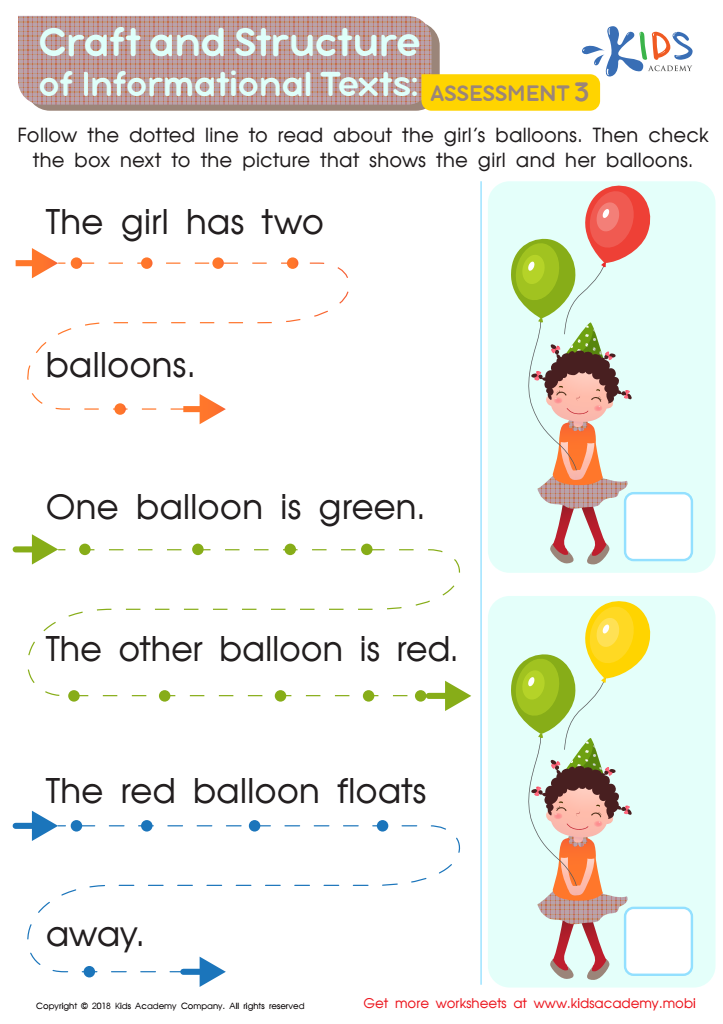

Craft and Structure of Informational Texts: Assessment 3 Worksheet
Reading comprehension worksheets activities stand as a fundamental tool in the journey of developing proficient reading skills. These carefully designed activities serve a multitude of purposes, benefiting learners in various ways. At their core, reading comprehension worksheets are crafted to enhance one’s ability to understand, process, and interpret written text, which is invaluable in both academic settings and everyday life.
One of the primary reasons why reading comprehension worksheets activities are so useful is that they help in building vocabulary. As students engage with diverse texts, they encounter new words in context, aiding in natural vocabulary expansion and usage. This exposure not only improves their understanding of the language but also enables them to express themselves more eloquently.
Furthermore, these worksheets are instrumental in teaching students to identify main ideas, themes, and critical arguments within texts. Through targeted questions and activities, learners are trained to sift through information, recognize significant points, and understand the author’s intent. This skill is essential for critical thinking and analytical reasoning, which are pivotal in higher education and professional environments.
Reading comprehension worksheets activities also promote the development of inference abilities. They encourage students to read between the lines and draw conclusions based on the information presented, coupled with their own knowledge and experiences. This nurtures deeper thinking and enhances the reader's engagement with the text.
Moreover, these activities offer a structured approach to learning, allowing for gradual progression in difficulty. This scaffolding ensures that students can build their skills at a comfortable pace, leading to better retention and a more positive learning experience.
Finally, reading comprehension worksheets provide valuable feedback to both learners and educators. They highlight areas of strength and need, guiding further instruction and personal study. This feedback loop is critical for continuous improvement and mastery of reading comprehension.
In conclusion, reading comprehension worksheets activities are a cornerstone in the development of effective reading skills. They offer a structured, engaging, and comprehensive approach to understanding written text, making them invaluable in the educational toolkit.
 Assign to the classroom
Assign to the classroom


